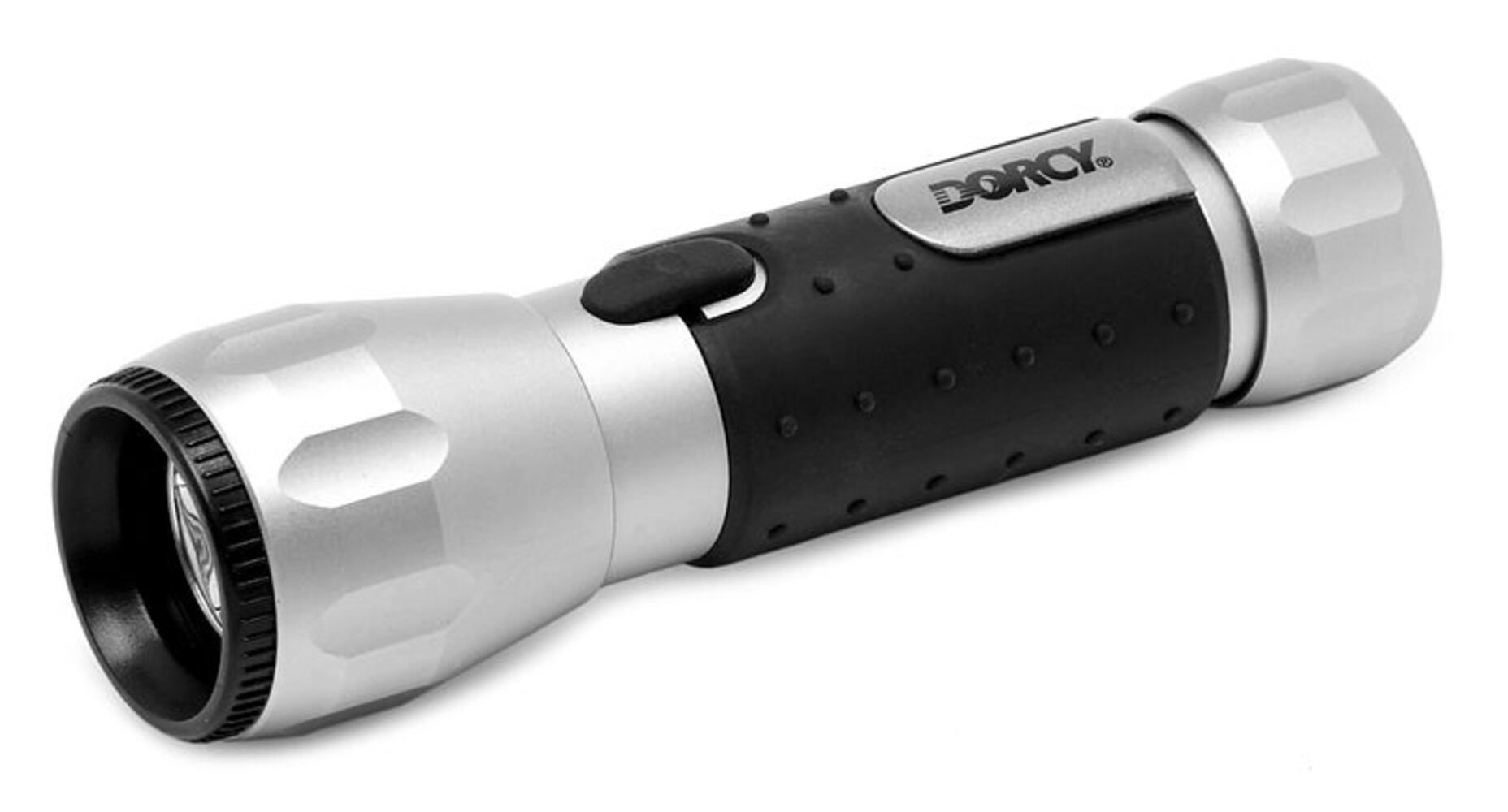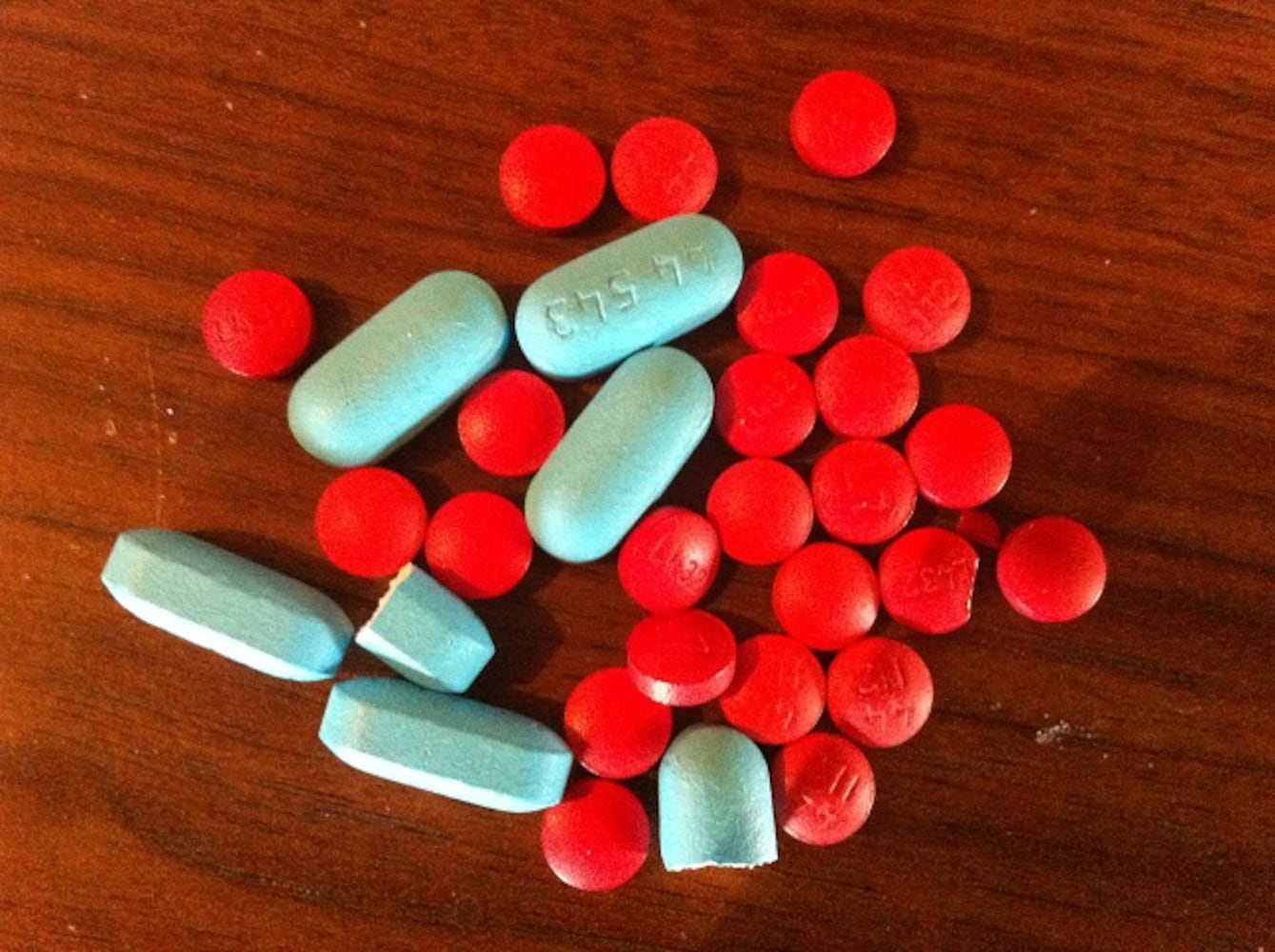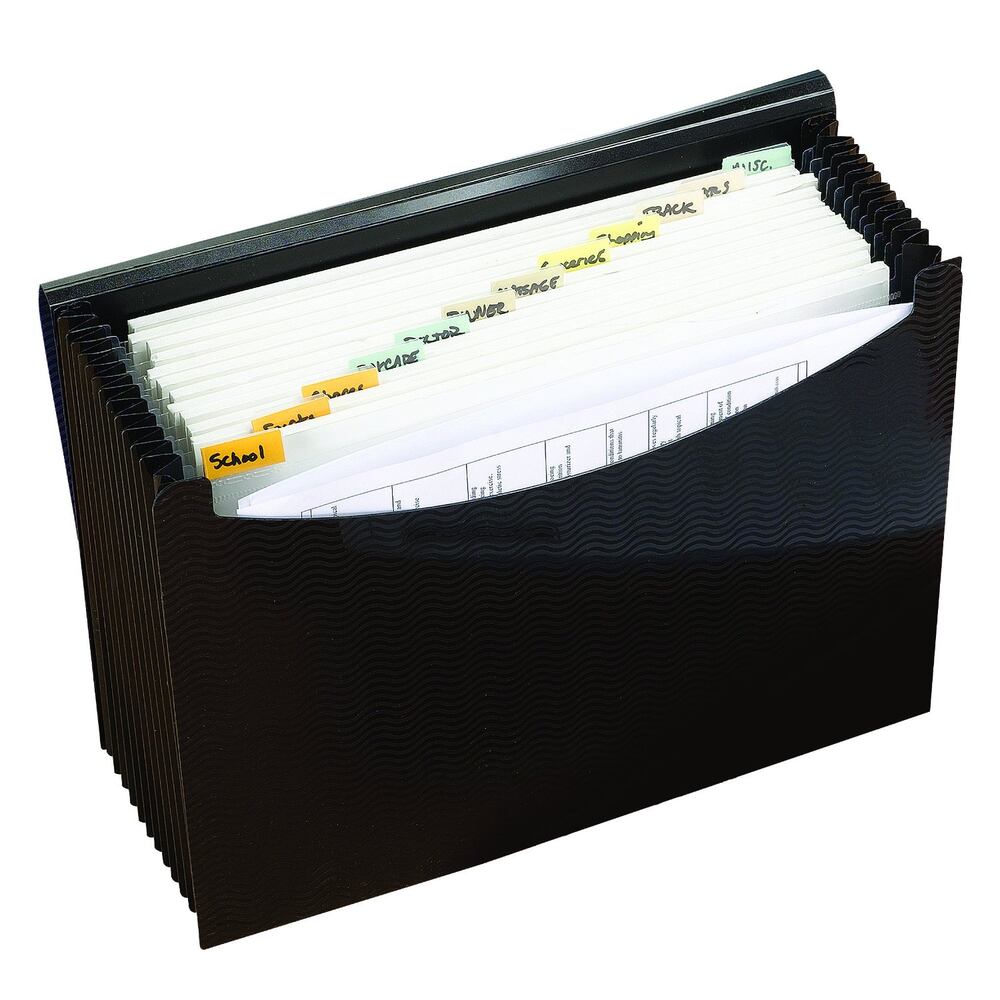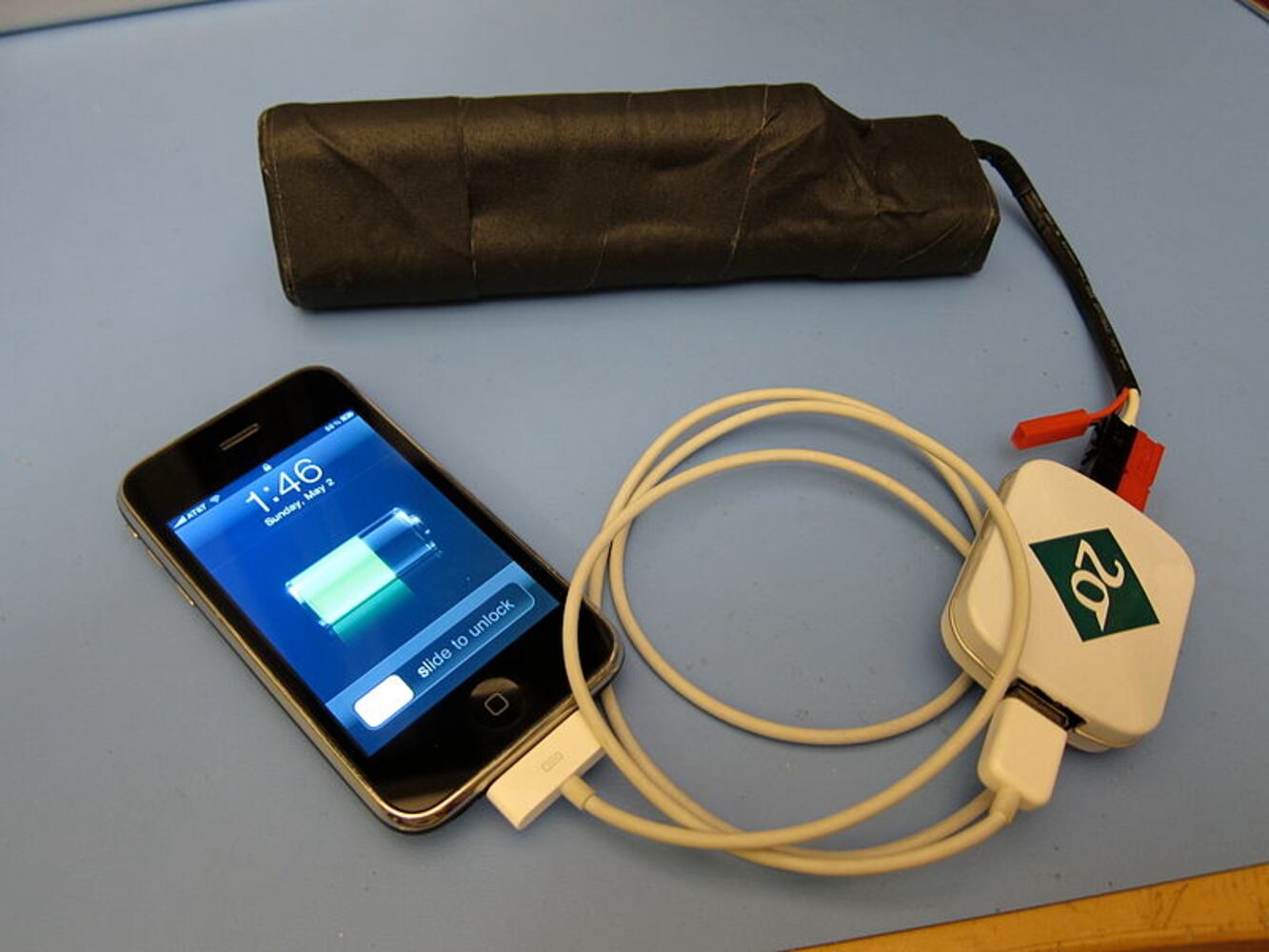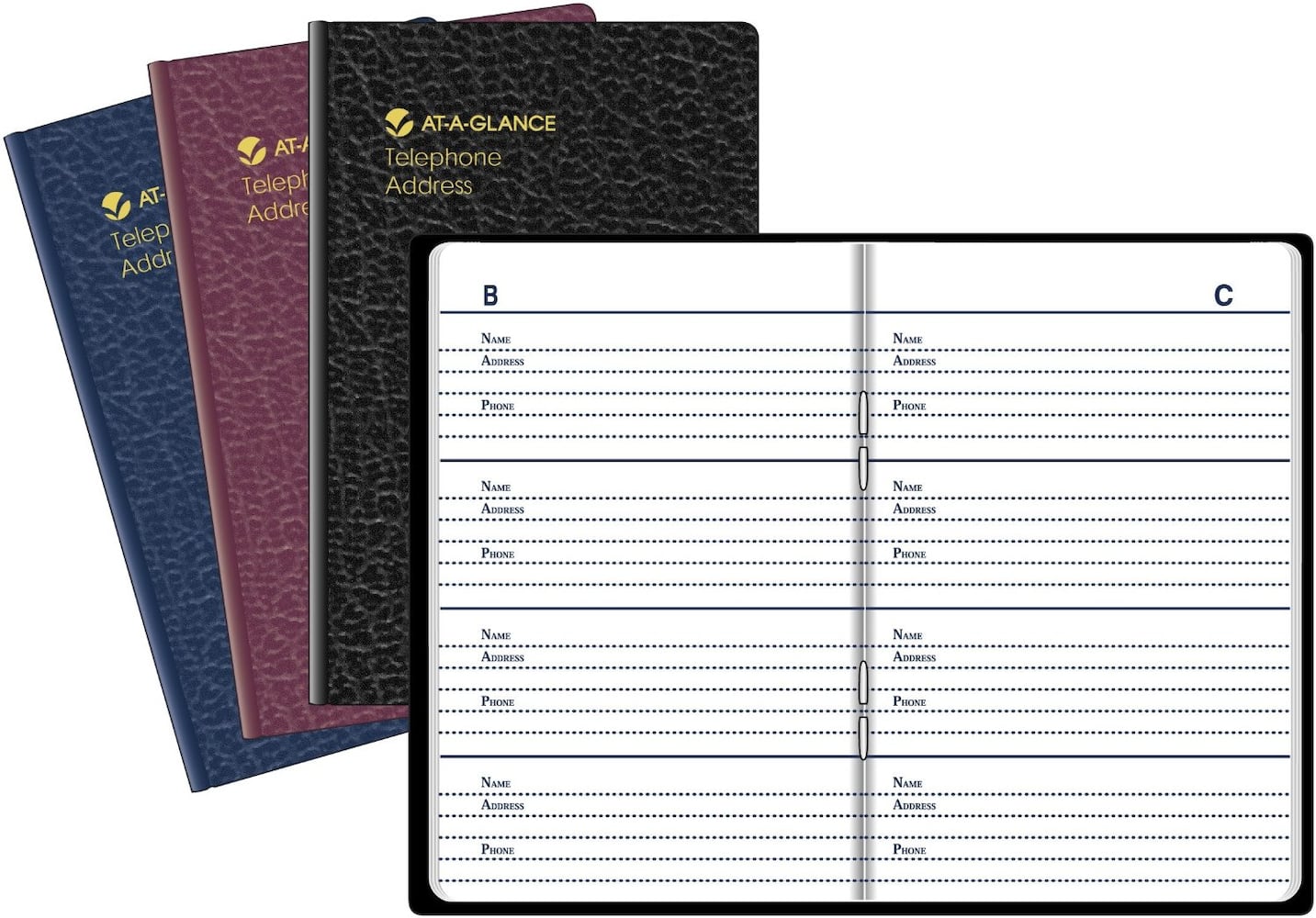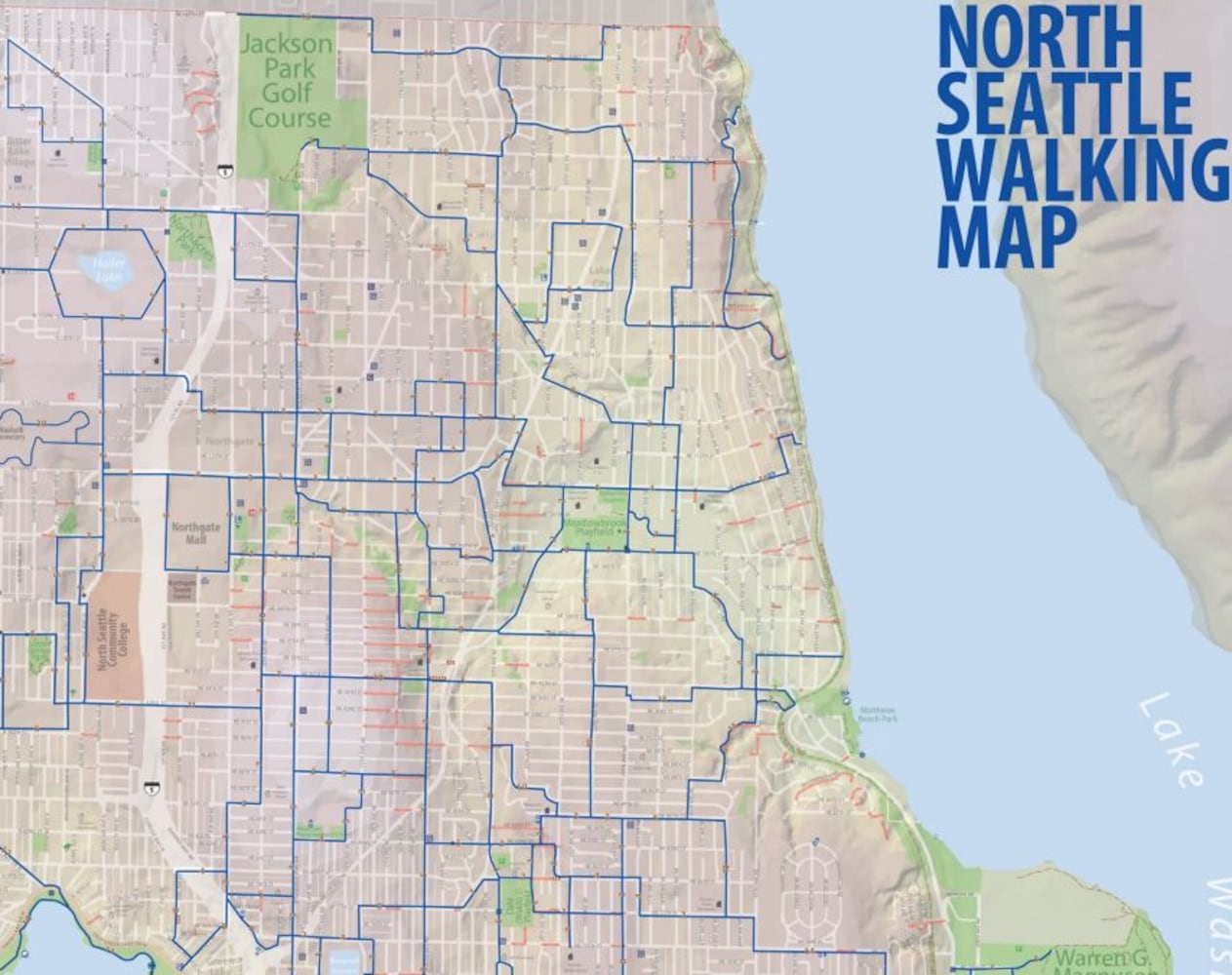The New Yorker’s viral July article has a lot of people talking about emergency preparation. If a national disaster strikes in your area, will you and your family be prepared?
As a rule of thumb for planning an emergency survival kit, remember that the federal government expects the public to be self-sufficient for 72 hours. In case of catastrophe, help or rescue may not even arrive until then. Having basic supplies ready is key in this scenario.
The Red Cross generated a list of items that every household should include in their emergency kits:
• Water: one gallon per person, per day (3-day supply for evacuation, 2-week supply for home)
• Food: non-perishable, easy-to-prepare items (3-day supply for evacuation, 2-week supply for home)
• Flashlight [Available on the Red Cross Store]
• Battery-powered or hand-crank radio (NOAA Weather Radio, if possible) [Available on the Red Cross Store]
• Extra batteries
• First aid kit [Available on the Red Cross Store]
• Medications (7-day supply) and medical items
• Multi-purpose tool
• Sanitation and personal hygiene items
• Copies of personal documents (medication list and pertinent medical information, proof of address, deed/lease to home, passports, birth certificates, insurance policies)
• Cell phone with chargers
• Family and emergency contact information
• Extra cash
• Emergency blanket [Available on the Red Cross Store]
• Map(s) of the area
About the Author
The Latest
Featured



